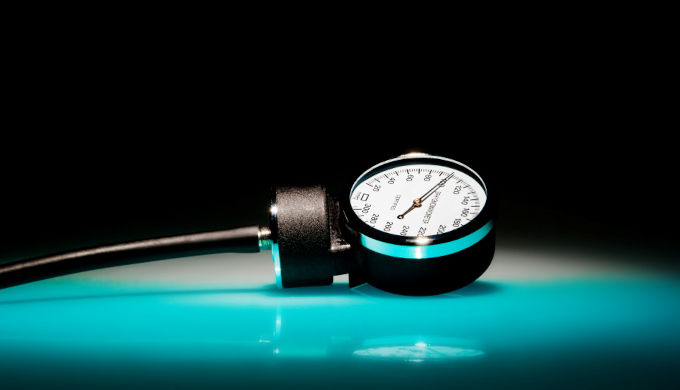Author: Laura Cowen
medwireNews: A low baseline neutrophil to lymphocyte ratio (NLR) may identify patients with non-small-cell lung cancer (NSCLC) who are more likely to derive survival benefit from atezolizumab than from docetaxel, study findings indicate.
Writing in Cancer, Alessio Cortellini (Imperial College London, UK) and co-authors say: “The NLR proved to be an effective tool for identifying patients with a deranged proinflammatory response, who are less likely to respond to ICIs [immune checkpoint inhibitors].”
Their post-hoc analysis of data from the phase 3 OAK trial, which compared atezolizumab with docetaxel in previously treated patients with NSCLC, showed that the median NLR in the pooled population was 4.0.
The researchers found that, among the 600 participants who received atezolizumab, those with a high NLR (≥4.0) had a significantly lower median overall survival (OS) than those with a low NLR, at 7.8 versus 17.1 months.
Individuals in the docetaxel group (n=575) also had significantly worse OS if they had a high NLR than a low NLR, at 7.8 versus 12.5 months.
However, after adjustment for potential confounders, the association between a high NLR and increased risk for death was stronger in the atezolizumab group than in the docetaxel group, with hazard ratios (HRs) of 1.64 and 1.32, respectively.
Baseline PD-L1 expression or tissue EGFR or ALK mutation status were not significantly associated with NLR, but the investigators note that the differential effect that a high NLR had on OS between the two treatments was magnified when EGFR- or ALK-positive patients were excluded from the analysis. In this case the HR for death with a high versus low NLR was 1.93 with atezolizumab and 1.38 with docetaxel.
Incorporating PD-L1 into the risk assessment enhanced the difference further still. Specifically, the adjusted HRs for death among patients with poor (high NLR and PD-L1-negative) versus good (low NLR and PD-L1-positive) prognostic factors were higher with atezolizumab than docetaxel, at 2.12 versus 1.42.
Exploratory analyses revealed that individuals with a high blood tumor mutational burden (TMB; ≥16 mutations/Mb) had a significantly higher median NLR at baseline than those with a low TMB, at 4.6 versus 3.7, but the researchers say this could possibly be explained by the positive relationships they observed between NLR and smoking, and NLR and the number of metastatic sites.
There were no significant associations between NLR and selected variants of interest, namely EGFR, KRAS, TP53, KEAP1, STK11, SMARCA4, ARID1A, and targeted DNA damage response and repair genes.
Cortellini et al conclude: “The current results suggest that the baseline NLR could complement PD-L1 expression in stratifying patients who might be candidates to receive an ICI-based therapy.”
They say: “In the debate about the best first-line approach for patients with high PD-L1 expression, between single-agent ICIs and chemoimmunotherapy combinations, a conservative approach could be considered for some patients with a low NLR, who derive a greater benefit from immunotherapy than chemotherapy when we consider patients’ comorbidities and disease burden.”
However, they caution that “[f]urther validation through independent, prospective cohorts is warranted before our findings are considered for the decision-making process in clinical practice.”
medwireNews is an independent medical news service provided by Springer Healthcare Ltd. © 2022 Springer Healthcare Ltd, part of the Springer Nature Group









